TL19MOON
Latest
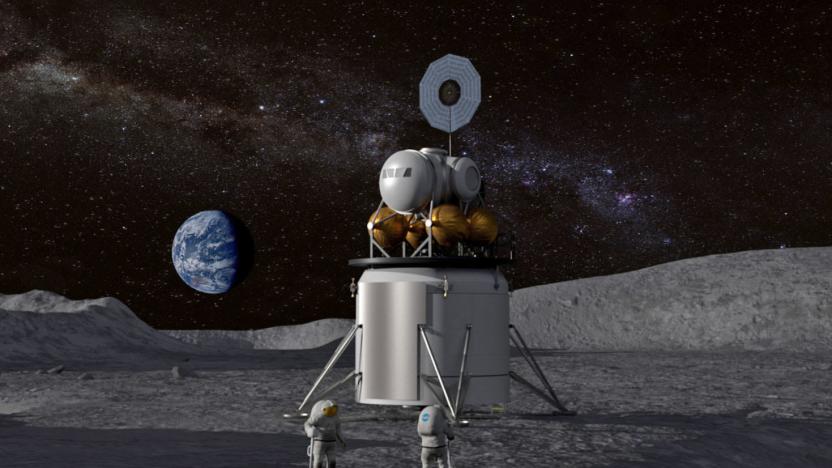
NASA will help SpaceX and Blue Origin develop future mission technology
NASA is helping 13 companies develop technologies that could benefit its future missions. Jim Reuter, the associate administrator of NASA's Space Technology Mission Directorate, explained that the agency has identified the key areas it needs for future missions, including its planned crewed flights to the moon and Mars. "[T]hese public-private partnerships will accelerate their development so we can implement them faster," he added. Those key areas are as follows: Advanced Communications, Navigation and Avionics; Advanced Materials; Entry, Descent and Landing; In-Space Manufacturing and Assembly; Power; Propulsion; and Other Exploration Technologies.

India's historic Moon mission takes off after week-long delay
One week after a "technical snag" forced the Indian Space Research Organization (ISRO) to delay the launch of its Chandrayaan-2, the lunar mission launched today. It appears to be back on track, and if all goes well, it will be India's first soft landing on the Moon using its own technology. It will also be the first soft landing attempt ever at the Moon's South Pole.

NASA's Orion crew capsule is ready for its uncrewed trip to the Moon
You knew the US wouldn't mark the 50th anniversary of Apollo 11 without news about the country's next trip to the Moon. Both Lockheed Martin and NASA have confirmed completion of the Orion crew capsule that will play a key role in Artemis 1, the uncrewed mission that will fly past the Moon while verifying Orion, the Space Launch System and the associated support systems. Efforts are now focused on integrating the capsule with the service module and testing it ahead of launch processing in early 2020.
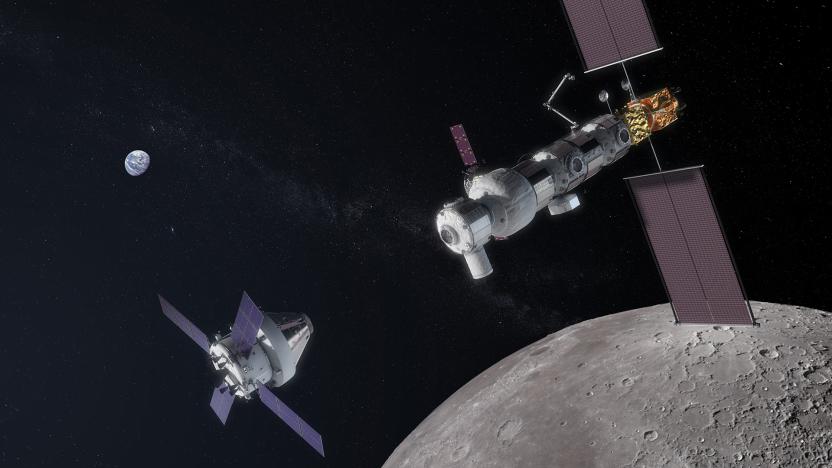
NASA's plan to return to the Moon with Project Artemis
On July 21, 1969, the first humans set foot on the Moon. With Neil Armstrong's simple words, "One small step for man, one giant leap for mankind," the world changed irrevocably. For a few hours, we existed on multiple worlds. That was fifty years ago. Now, in the shadow of Apollo, we are once again looking to venture back out into the stars, past the low Earth orbit where we've been learning about space over the past few decades. We know better how to live and work in orbit thanks to the Space Shuttle and the International Space Station. Now NASA says it's time to return to the lunar surface. But this time, it wants to stay there. NASA's Project Artemis (aptly named as the goddess of hunting is Apollo's twin sister) aims to take humans back to the Moon by 2024. But there are many lingering questions about the destination, the goals, the motivations, the project itself, NASA's current readiness level and whether it has the support in Congress to move forward.

Toyota will spend 10 years perfecting its astronaut moon rover
Japan has an ambitious plan to send men to the moon by 2030 as part of a multinational mission and is determined they'll have a ride when they get there. Japan's space agency JAXA and partner Toyota have revealed that the pressurized, manned lunar rover -- announced earlier this year -- should be ready to launch by 2029.
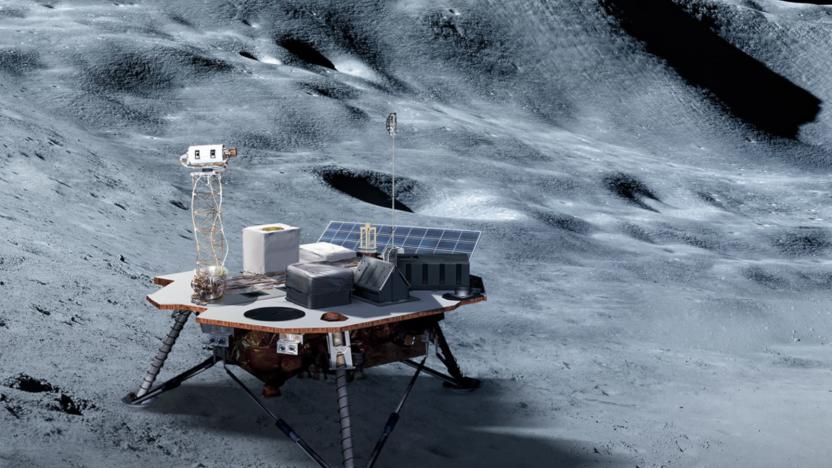
NASA is working on 12 projects ahead of 2024 moon mission
NASA has been putting the Artemis program together over the past months in hopes of returning to the moon by 2024. After picking the first three commercial moon landing service providers, NASA has now chosen the 12 science and technology projects they're bringing to Earth's faithful companion. All 12 will help us study the moon in preparation for our return in a few years' time -- a rover called MoonRanger, for instance, will create 3D maps of the lunar surface. Astrobotic has signed a $5.6 million NASA contract to build the lightweight autonomous rover, which will also demonstrate a long-range communication system for lunar exploration.
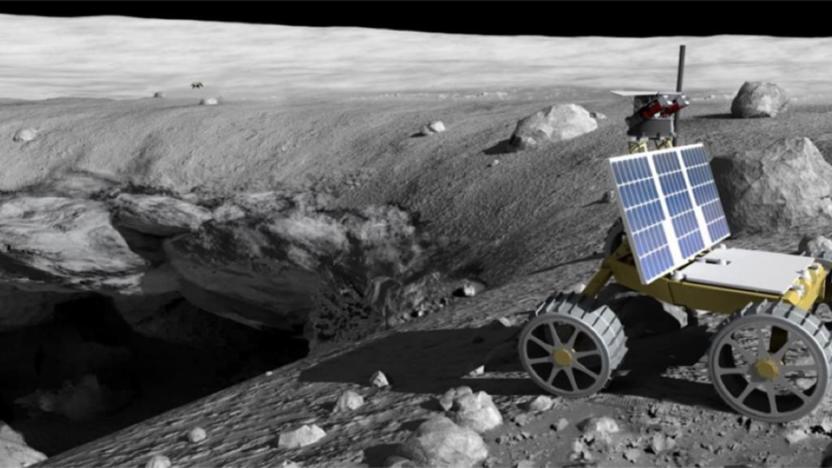
NASA advances lunar crater modeling and asteroid mining projects
NASA doesn't just want to return to the moon by 2024, it also wants to establish a "sustained human presence" and to use the moon as a hub for future Mars exploration. In order to do that, it will need new ideas and technologies, like those solicited and supported by the NASA Innovative Advanced Concepts (NIAC) program. Today, NIAC moved two projects to Phase III, the furthest any concepts have made it.
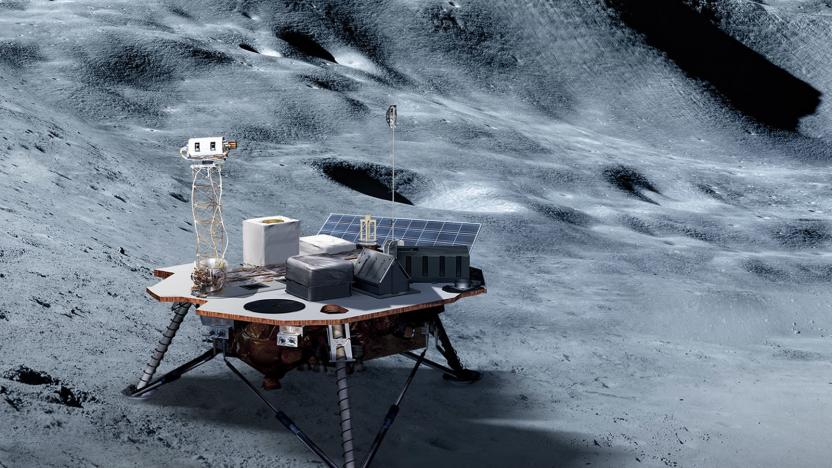
NASA picks first commercial landing partners for return to the Moon
NASA has edged one step closer to fulfilling its dreams of returning to the Moon. The agency has chosen its first three commercial Moon landing service providers, each of which will carry NASA-supplied science and technology missions as part of the Artemis Moon program. The first, OrbitBeyond, will deliver up to four payloads to the Moon's Mare Imbrium by September 2020 thanks in part to a $97 million contract. Astrobotic is receiving $79.5 million to send as many as 14 payloads to the Lacus Mortis crater by July 2021, while Intuitive Machines will get $77 million in return for flying up to five payloads to the Oceanus Procellarum "dark spot" in a similar time frame.




